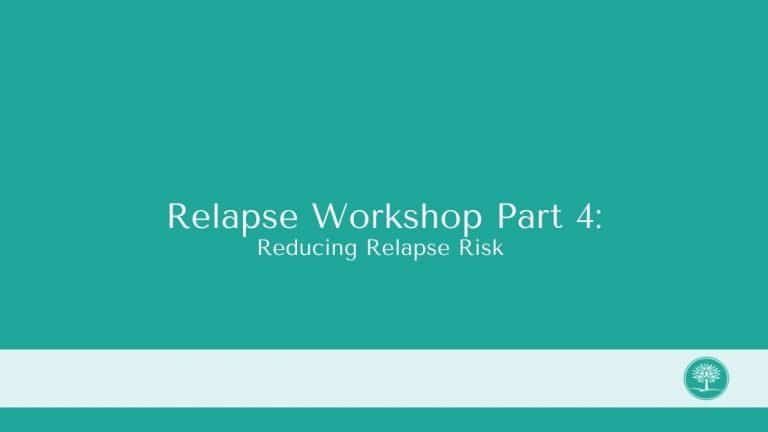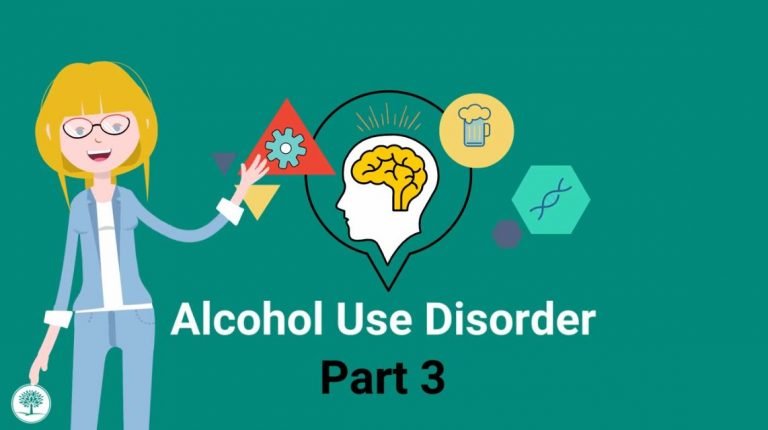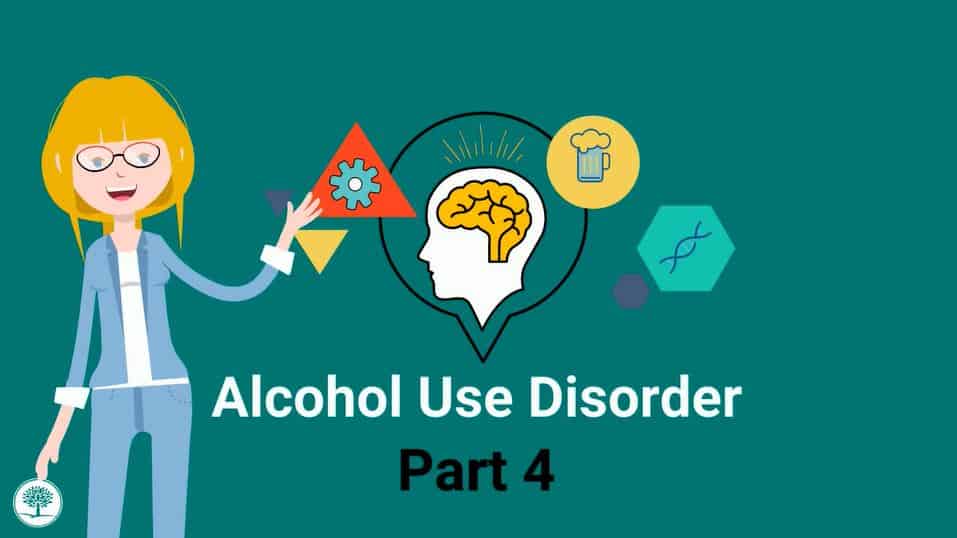Estimated watch time: 4 mins 57 secs
Summary:
With cognitive behavior therapy, or CBT, the cognitive component focuses on certain thoughts you have before experiencing depressive symptoms. This video guides you through identifying what is known as “the cognitive triad” of depression-inducing thoughts, and then disputing those thoughts.
Other Addiction & Mental Health Resources
The Recovery Village has several, free resources for those living with addiction or mental health conditions and their loved ones. From videos, to clinically-hosted webinars and recovery meetings, to helpful, medically-reviewed articles, there is something for everyone. If you need more direct help, please reach out to one of our representatives.









